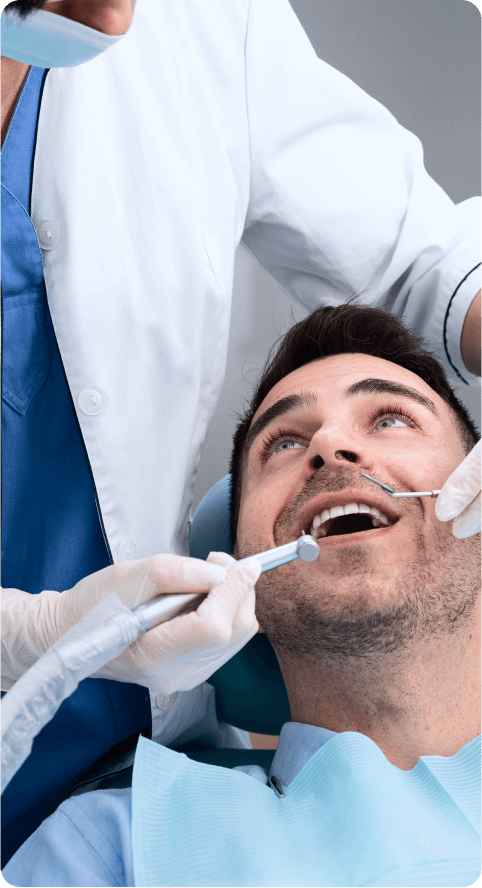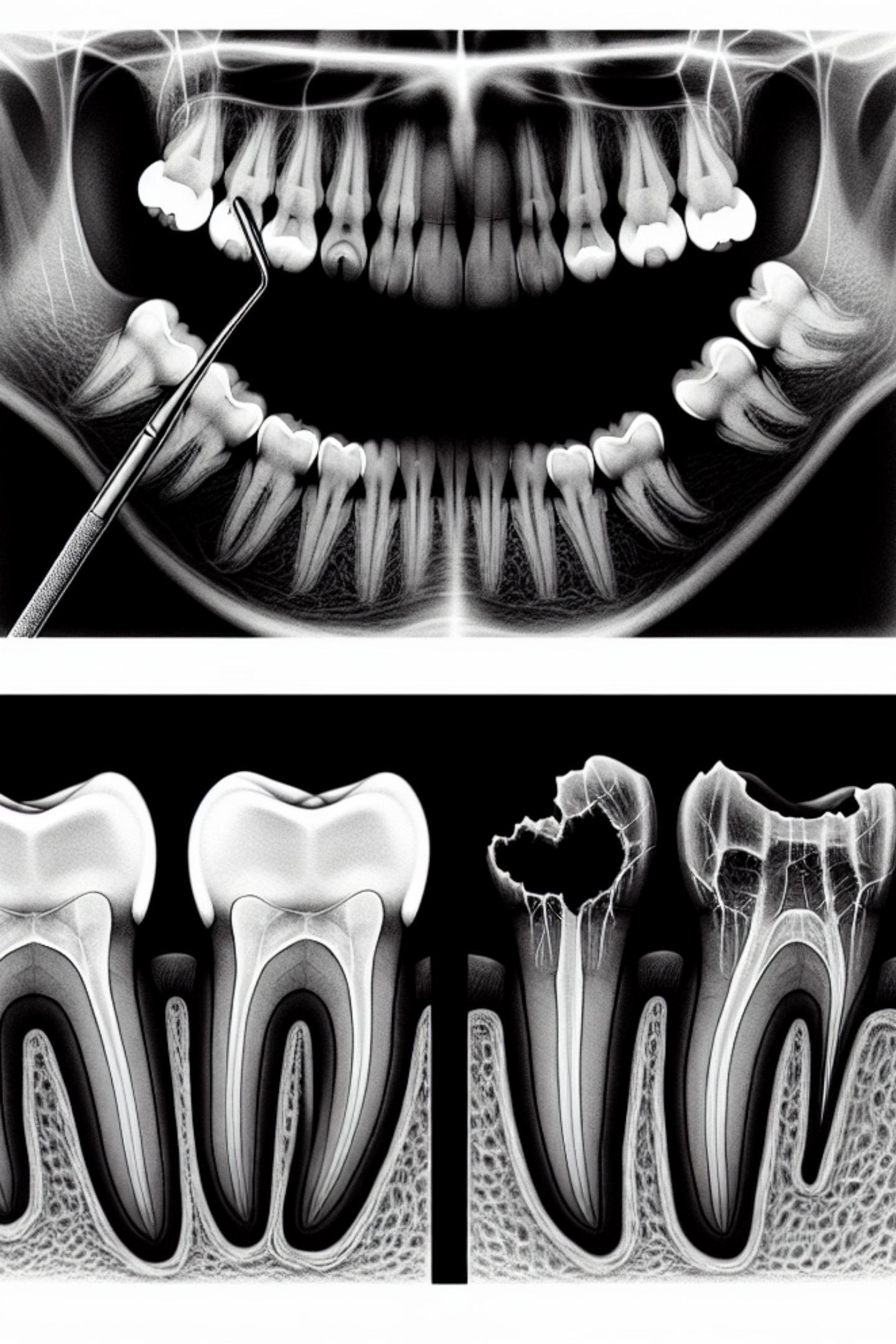

X-Rays at Belmont Dental Group
Wondering if you need a dental x-ray? You’re not alone. Dental x-rays are a key part of maintaining your oral health, showing much more than what’s visible on the surface. They help detect hidden issues, from cavities to infections, ensuring you get the treatment you need. This article will explore how dental x-rays work, their importance, and the safety measures that make them a routine yet essential aspect of dental care.
Key Takeaways
- Digital dental X-rays offer significant benefits, including up to 90% less radiation than traditional film X-rays, high-quality images for better diagnosis, and a streamlined workflow for dental practices.
- Dental X-rays are critical for detecting hidden oral health issues and are essential for precise treatment planning, effectively functioning as a dentist’s diagnostic tool for conditions that may not be visible during a regular exam.
- While dental X-rays involve exposure to radiation, the introduction of digital imaging and protective measures, such as lead aprons and thyroid collars, have greatly reduced the associated risks, making the procedure safe for the general population.
Unlocking the Benefits of Dental X-Rays
Imagine being able to peek beneath the surface of your teeth and gums, getting an inside view of your oral health. That’s exactly what dental X-rays do. They’re not just about finding cavities; they’re about understanding your dental health in its entirety.


When Are Dental X-Rays Necessary?
Just as every patient is unique, so too are their dental health needs. While some may require more frequent X-rays, others might need them less often. But one thing is certain: dental X-rays are an integral part of comprehensive dental care. Their role transcends mere diagnostics, playing a critical part in effective treatment planning and disease prevention.


SAFETY
Safety Measures and Radiation Considerations
While the mention of ‘radiation’ might sound alarming, rest assured that dental X-rays are safe. Protective measures like a lead apron and thyroid collar help shield patients from any unnecessary radiation during the procedure. But the real game-changer? The introduction of digital imaging, which has significantly reduced radiation levels.




Special Considerations for Different Populations
While dental X-rays are a standard part of dental care for most adults, certain populations, such as children and pregnant women, require special consideration. For these groups, the benefits of dental X-rays must be balanced with the need for additional safety measures.
Advanced Dental Imaging Techniques
In the dynamic field of dentistry, technology is constantly evolving. With the advent of advanced imaging techniques like panoramic X-rays and Cone Beam Computed Tomography (CBCT), dentists now have a more comprehensive view of dental structures, enabling them to plan treatments with greater precision.


Maintaining Your Dental Health: Frequency and Best Practices
Dental X-rays are a preventative tool, helping to catch potential issues before they become major problems. But just as you wouldn’t take medicine without need, the frequency of dental X-rays should be tailored to each individual’s oral health needs. Dentists evaluate the need for dental X-rays based on each patient’s clinical examination, oral health history, and risk factors.
This personalized approach ensures that you’re not subjected to unnecessary radiation exposure, particularly from X-rays, while still benefiting from their diagnostic capabilities.


Summary
The world of dental X-rays is truly fascinating, offering a unique window into your oral health. Whether it’s detecting hidden problems, aiding in treatment planning, or monitoring changes over time, dental X-rays serve as an indispensable tool in modern dentistry. By your dentist understanding how they work and their safety measures, you can ensure that you’re making the most of this powerful diagnostic tool, all while safeguarding your oral health.





